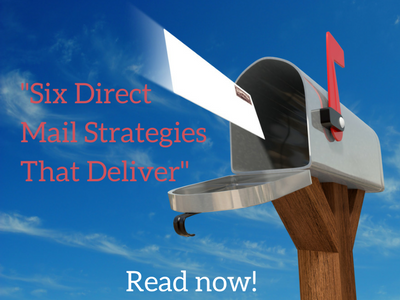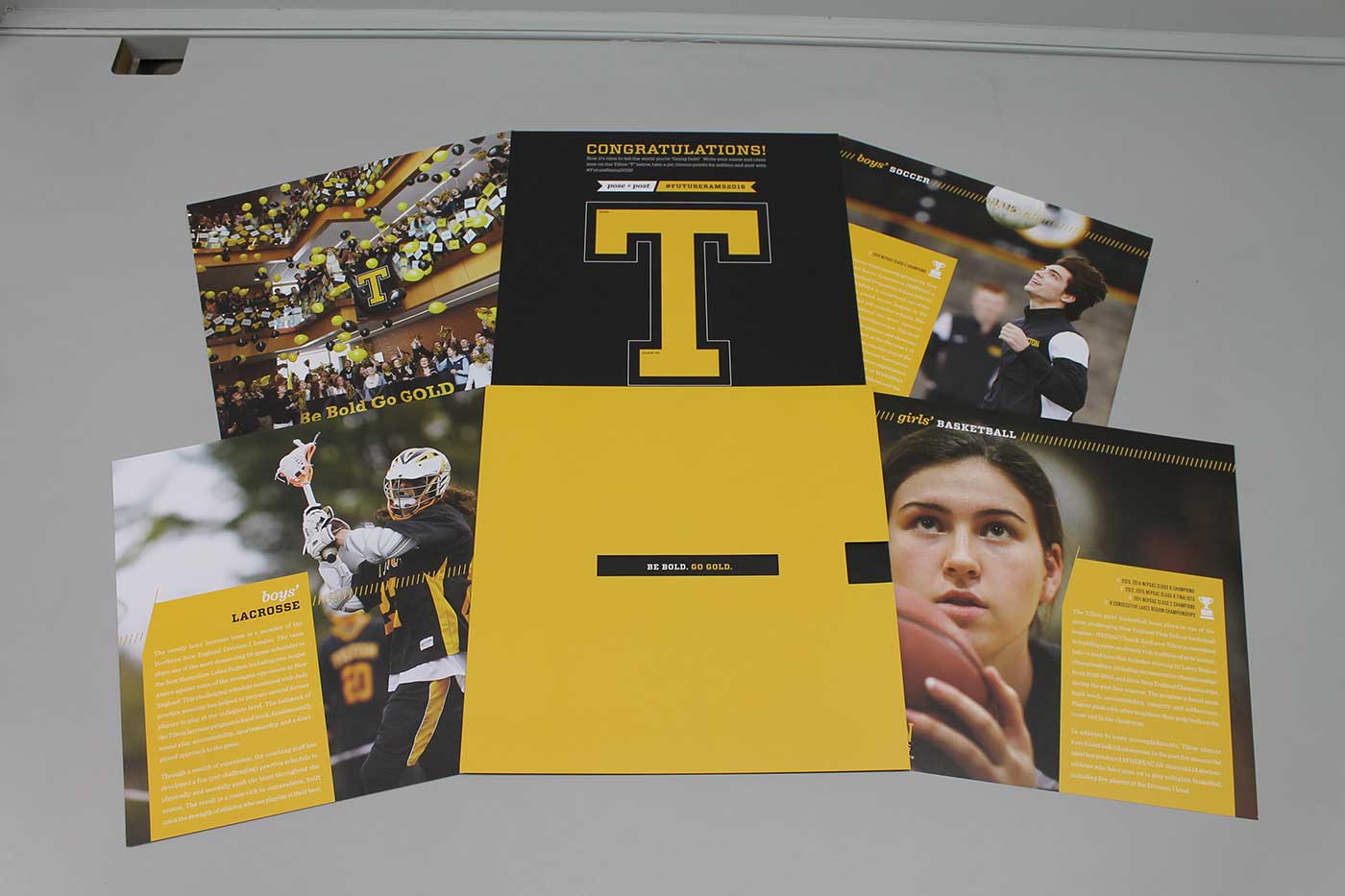Do’s and Don’ts for Connecting to a Younger Audience
Here at SPC, we work with a wide variety of clients marketing for a broad range of audiences. Each one has to take a different approach in order to match their audience’s tastes, and require different tactics on our end to provide the printed marketing material for their targets. Two groups we often find ourselves working with are prep school and college marketers, who rely upon printed mailings during peak application season to draw potential students. That being said, we see their marketing struggles firsthand, and let us tell you, SPC blog readers, we do not envy them. At all.
 Here’s what is so tough about school and college marketing: after a while, you start to look like everybody’s Cool Uncle. You know exactly what this means. Think back to any Thanksgiving dinner when you were a teenager. Inevitably there was one relative, usually an Uncle, who, after one too many glasses of wine, believed he had sipped from the Fountain of Youth. He may have attempted some hip lingo like “YOLO” or “emoji.” He may have danced Gangnam Style, not knowing that no one does that anymore. In any case, it was ugly.
Here’s what is so tough about school and college marketing: after a while, you start to look like everybody’s Cool Uncle. You know exactly what this means. Think back to any Thanksgiving dinner when you were a teenager. Inevitably there was one relative, usually an Uncle, who, after one too many glasses of wine, believed he had sipped from the Fountain of Youth. He may have attempted some hip lingo like “YOLO” or “emoji.” He may have danced Gangnam Style, not knowing that no one does that anymore. In any case, it was ugly.
Marketing to a younger audience can be this cringe-worthy, but it doesn’t have to be. It’s easy to fall into thinking that young people require a wholly revamped, targeted, “fresh and funky” approach, but young audiences follow the same marketing rule as anybody else: namely, they can smell cheesiness like a rat on high alert. Here’s three ways to connect to young people without any embarrassing pretense of hipness:
1. Know who you are.Slapping a couple of Snapchat logos on a mailing doesn’t trick anybody. An ad is an ad. That is usually immediately apparent to any audience, and assuming young people are any more naive is a risky policy. Instead of assuming Millennial garb and making your audience uncomfortable, take marketing as a chance for dialogue. For our prep school and college clients, this means an opportunity for an institution to talk to prospective students’ concerns and hopes during one of the most stressful transitional periods of their lives. These institutions have a lot more to offer to that struggle than cute branding and half-hearted attempts at ironic humor, and students often appreciate authenticity much more too.
2. Use young voices.
This is especially applicable for prep school and college marketing, which has student bodies to draw material from, but this approach can help in many other circumstances too. The term voices here is key (as opposed to the more scripted and formal connotations of product testimonials). Capturing how young people talk about your product, and not just what they say about it, is the line between effective outreach and scripted infomercial. You want to give opportunities to showcase how young people express themselves about your product. Part of the viral success of apps like Snapchat is beyond the design of the product itself. Instead, the draw comes when users can develop their own vocabulary and traditions. The more you can highlight organically created opinions surrounding your product, the more young people will believe that they can share the same experiences.
3. Have fun with it!Like all humor, it’s harder than it looks. After all, this is where marketers usually go wrong, and when the Cool Uncle starts to crash everyone’s party. The easy mistake is to rely on jokes that you think teenagers will find funny, but that can often fall apart into semi-topical references and sitcom laugh tracks. Here’s a better rule: start with humor that you find funny. Young people want to see an attempt at a genuine connection more than obvious pandering, and it’s much easier to do the former with a joke that you believe in. And even if the joke falls flat, at least it won’t seem as much like an awkward attempt at being ingratiating.
Like we’ve said, it doesn’t do well to worry too much about whether you seem outdated and stale — young people will still think of you as a marketer whether or not you’re beating the Cool Uncle effect, so in other respects the same principles of marketing apply here as with everywhere else. But with these three tips, we think you’ll be able to add the personal touch to your youth-targeted ads — without the awkward personality of the Cool Uncle.
Will Weatherly is a freshman at Brown University in Providence, Rhode Island. He is a marketing intern and content contributor at Springfield Printing Corp. in North Springfield, Vermont.






Leave a Reply